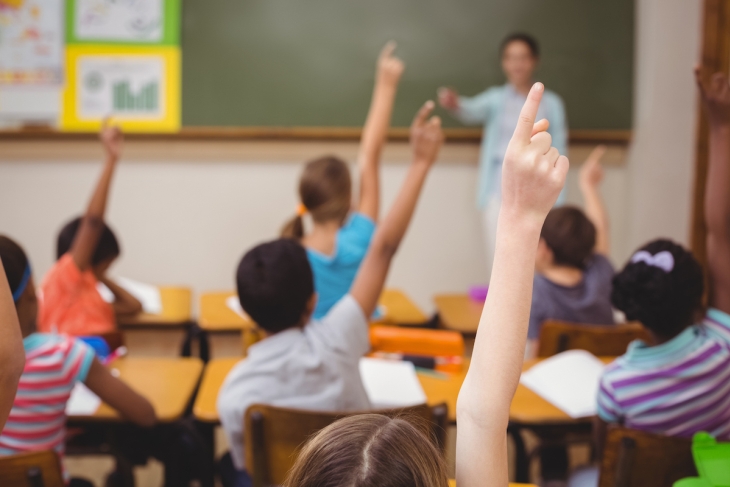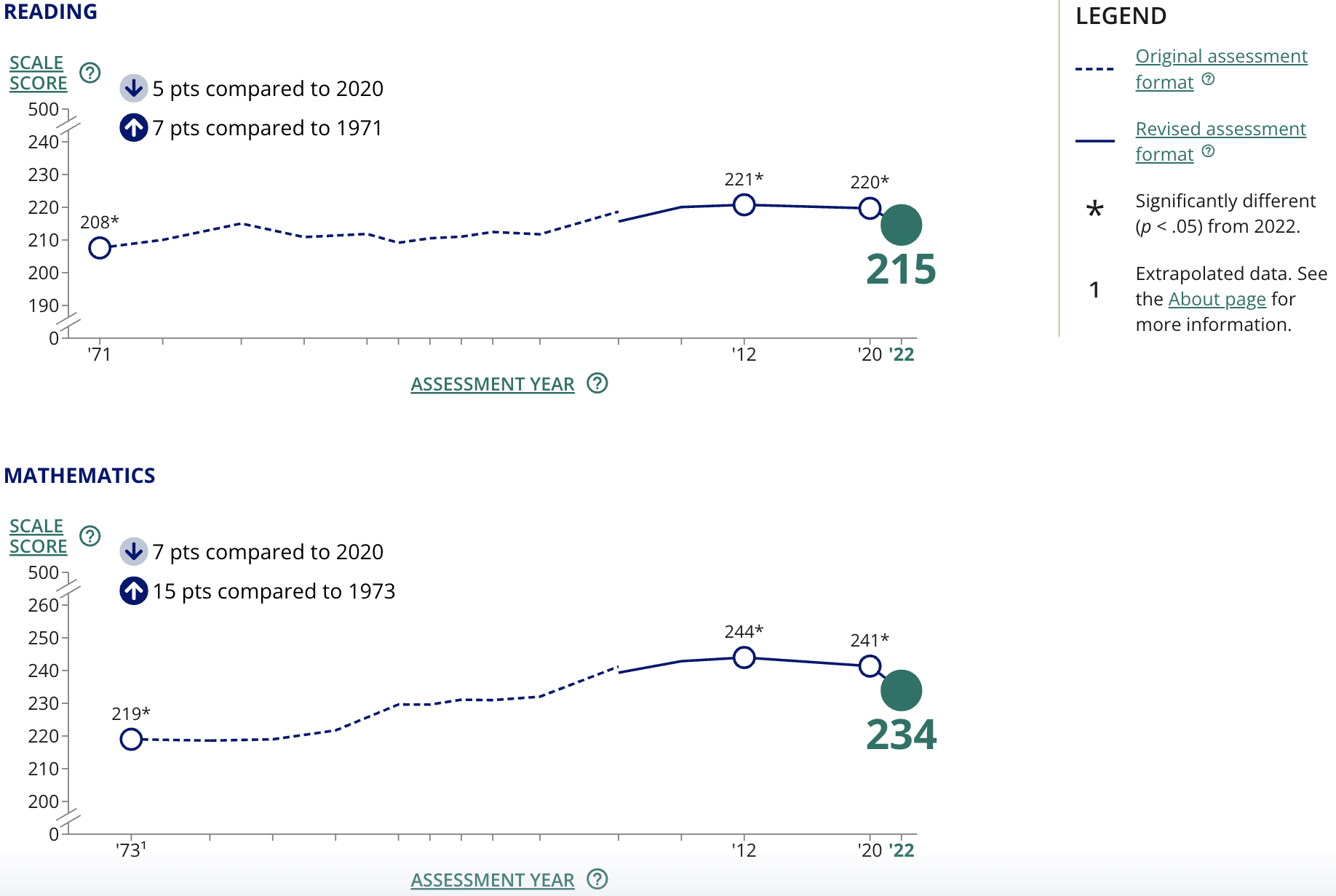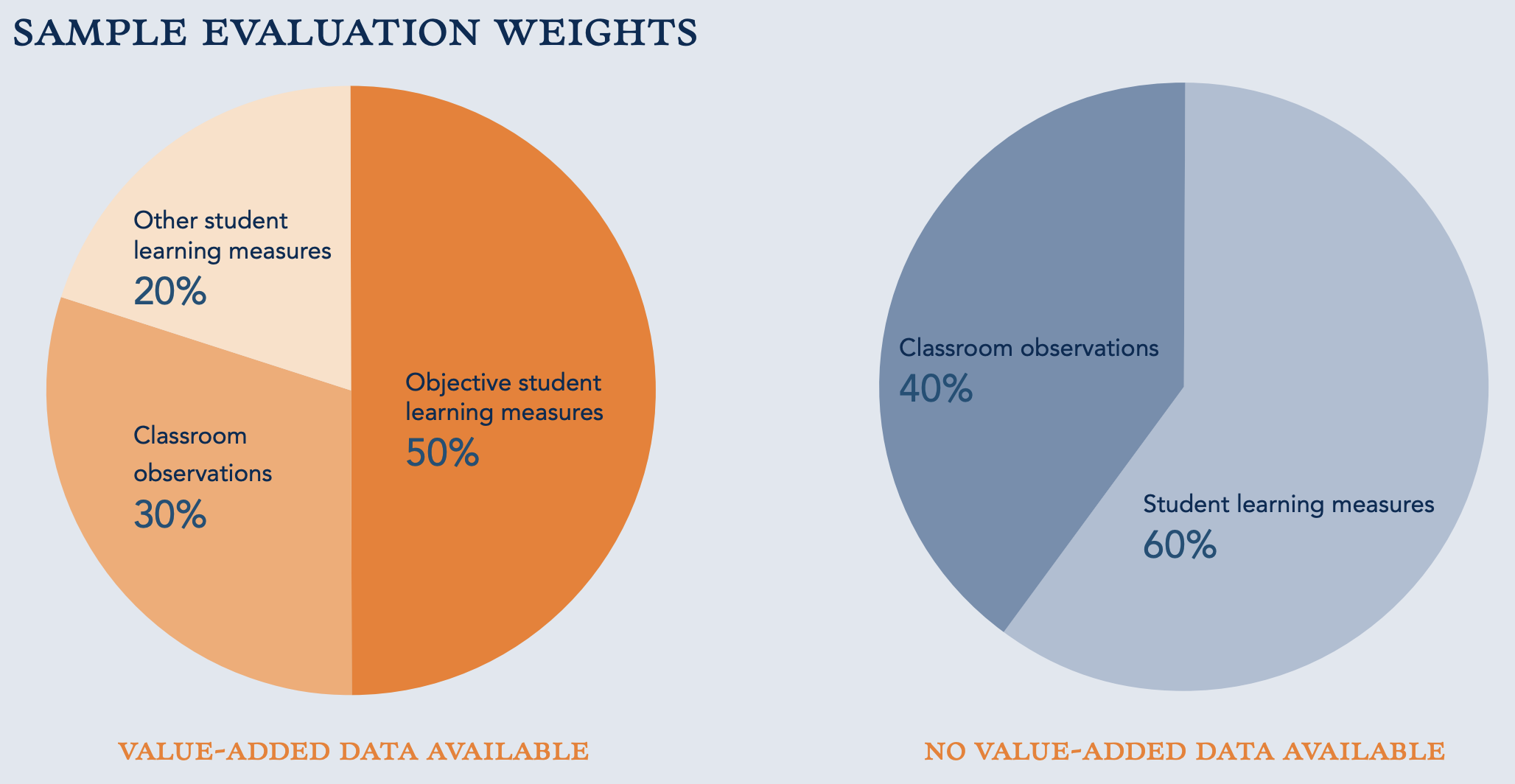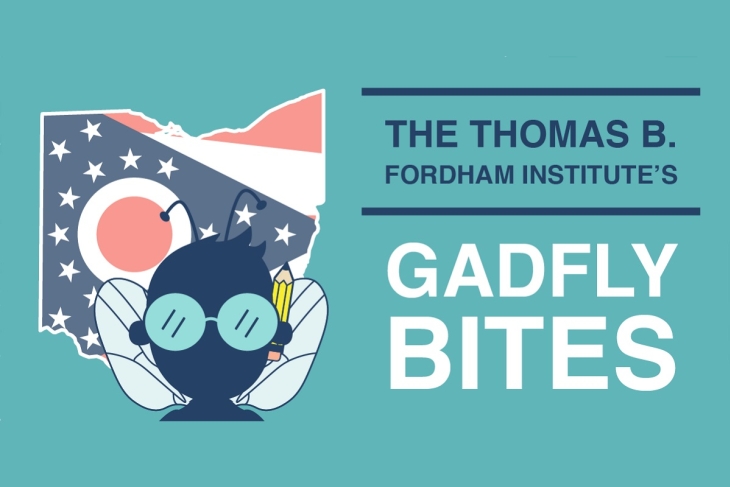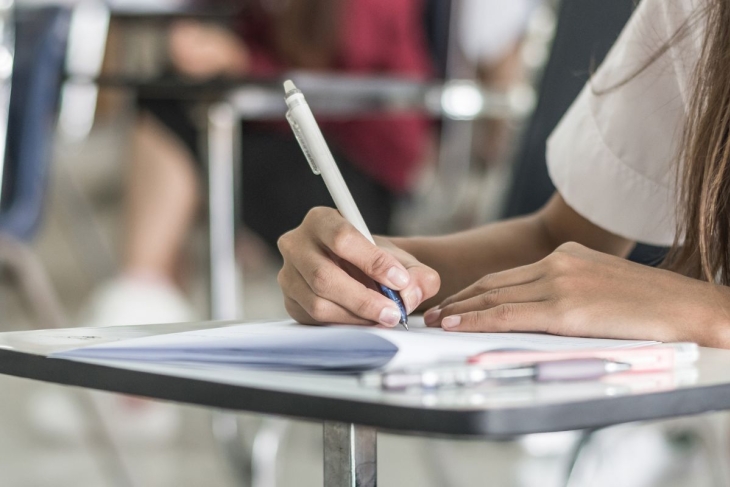Editor’s note: This was first published by EdNC.org.
North Carolina’s charter school movement is at a crossroads.
The recent passage of House Bill 618 gave the newly constituted Charter School Review Board (CSRB), the state’s only charter school “authorizer,” the authority to create new schools without the approval of the State Board of Education—a move that could lead to even more new schools in the years to come.
Now, the Thomas B. Fordham Institute has released a study that looked at the old CSRB’s track record between 2011 (when North Carolina’s charter school cap was lifted) and 2019 (when the COVID-19 pandemic struck) in an effort to understand how the authorization process that defined the last era of charter school growth might be improved.
The evidence
As the study notes, research from other states suggests that charters tend to improve over time, and that some low-performing schools are likely to close. Consequently, it’s hard to draw firm conclusions potential based on initial performance.
Fortunately, because North Carolina does an unusually good job of tracking school performance—despite the disruption associated with the pandemic—it’s possible to see how the performance of recently established charter schools has changed over time.
Consider this: Of the thirty-two charter schools that opened their doors during the period addressed by the Fordham study (i.e., between 2015–16 and 2018–19) and received ratings from the state based on students’ academic progress, just twelve (or 38 percent) met or exceeded expectations in their first year of operation—a pretty disappointing debut. Yet by 2022–23, 76 percent of schools from those same four cohorts met or exceeded expectations. (For context, 73 percent of traditional public schools met or exceeded growth expectations in 2022–23.)
Similarly, the average expected growth rating of charter schools that opened their doors between 2015–16 and 2018–19 increased from 66 in “Year 1” to 76 in 2022–23. (For context, the average traditional public school had a growth rating of 77 in 2022–23.) In other words, the long-run performance of North Carolina charters seems to be significantly stronger than their initial performance, consistent with prior research.
The outcomes
But does that mean the performance of North Carolina charters is satisfactory?
As the numbers we’ve shared suggest, once the predictably weak performance of newly established schools is taken into account, state accountability data suggest that North Carolina’s charters are performing about as well as the state’s traditional public schools. And while different studies draw slightly different conclusions, research using student-level data paints a similar picture.
Perhaps that should be enough. After all, many advocates view school choice as an intrinsic good.
Still, we must confess that we are personally dissatisfied. After all, the goal of the charter school movement is not to replicate district performance. It is to strive for and achieve excellence. Charter schools in other states achieve such excellence regularly, especially in urban areas.
One way to boost average performance is to close low-performing schools. But in practice, this is painful and costly. So it would be nice if we could reduce the need for such closures by doing a better job of identifying the schools that are likely to be successful at the approval stage—and ensuring that they have the necessary supports.
Recommendations
With that in mind, we recommend that the newly established CSRB take the following steps:
- Pay closer attention to applicants’ education and financial plans, which significantly predict the resulting schools’ math performance (unlike other elements of the application).
- Rank applicants within cohorts prior to voting on approval (and carefully consider the capacity and readiness of marginal applicants).
- Give approved charters three years to open their doors, so they have enough time to prepare and a better chance of getting off to a strong start.
Furthermore, to better support CSRB and newly established schools, we recommend that the legislature:
- Double funding for the Office of Charter Schools, which has one of the lowest staffing ratios in the country, so its capacity is commensurate with its responsibilities.
- Establish a state-managed charter school startup grant or “charter school investment fund” similar to those established by other states, that would give charters access to funds for capital outlay, equipment, buses, and/or technology at a reasonable interest rate (and put more money in the classroom instead of the pockets of corporate bondholders).
By rationalizing—and, if necessary, tightening—the new school approval process, we believe that CSRB can increase the proportion of approved schools that get off to a strong start as well as boost the charter sector’s performance, though doing so may also mean that the sector grows more slowly than it has in recent years.
We recognize that a more cautious approach may not be welcomed by proponents of unfettered choice (and of course, it will not satisfy defenders of the status quo). But in practice, creating truly excellent alternatives is difficult work, and pretending otherwise is not in the long-term interest of North Carolina students or the state’s manifestly robust charter school movement.
In short, when it comes to creating new charter schools, slow and steady wins the race.
Editor’s note: This was first published by EdNC.org.


